The Clarendon Code gets its name from Edward Hyde, Earl of Clarendon, Charles II's Lord Chancellor. The code included four crucial pieces of legislation. These were:
1. The Corporation Act of 1661 - This first of the four statutes which made up the Clarendon Code required all municipal officials to take Anglican communion and formally reject the Solemne League and Covenant of 1643. The effect of this act was to exclude nonconformists from public office.
2. The Act of Uniformity of 1662 - This second statute made use of the Book of Common Prayer compulsory in religious service. Upwards of 2000 clergy refused to comply with this act, and were forced to resign their livings.
2. The Act of Uniformity of 1662 - This second statute made use of the Book of Common Prayer compulsory in religious service. Upwards of 2000 clergy refused to comply with this act, and were forced to resign their livings.
3. The Conventicle Act of 1664 - This act forbade conventicles (a meeting for unauthorised worship) of more than 5 people who were not members of the same household. The purpose was to prevent dissenting religious groups from meeting.
4. The Five Mile Act of 1665 - This final act of the Clarendon Code was aimed at Nonconformist ministers, who were forbidden from coming within five miles of incorporated towns or the place of their former livings. They were also forbidden to teach in schools. This act was not rescinded until 1812.

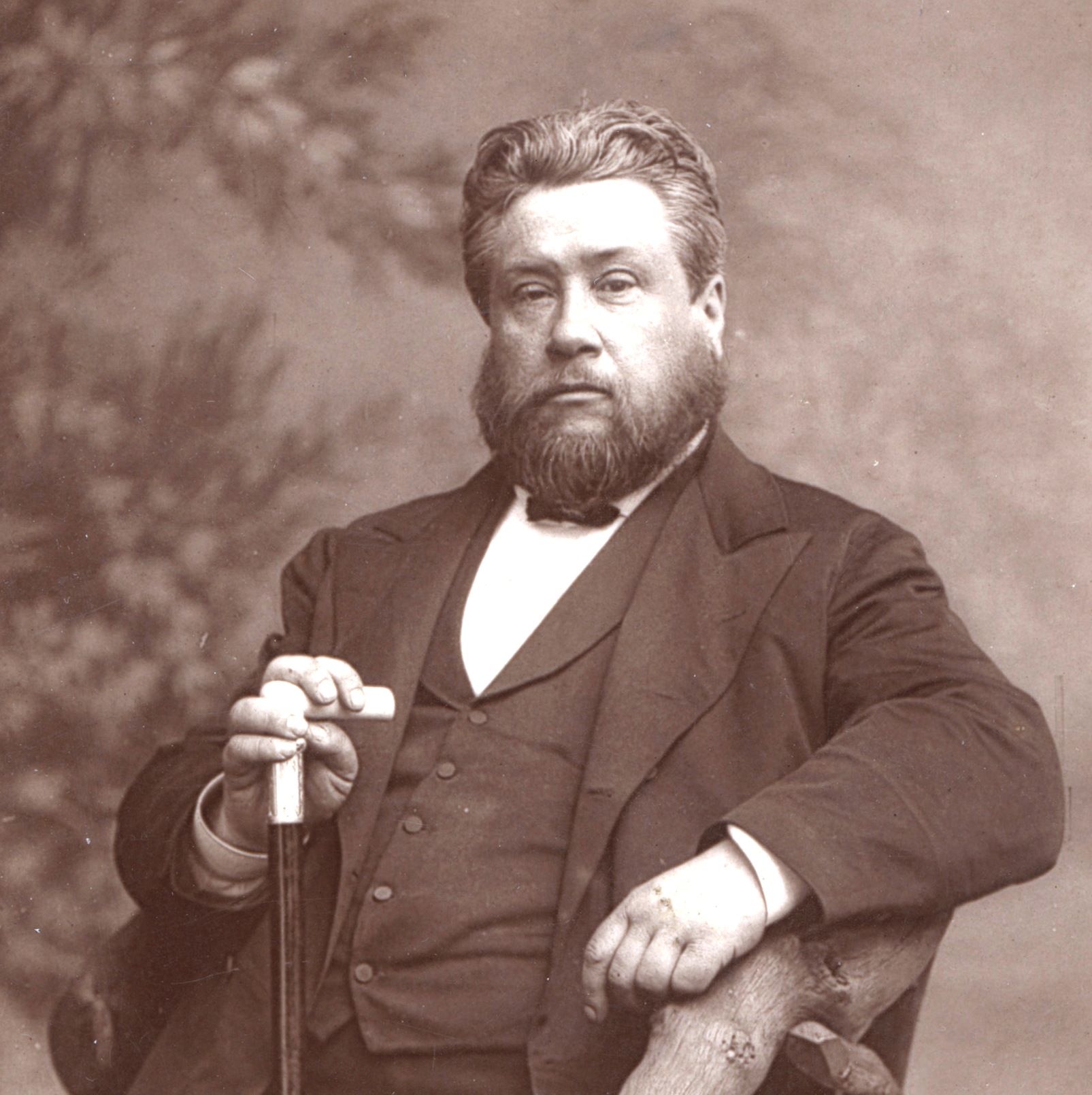
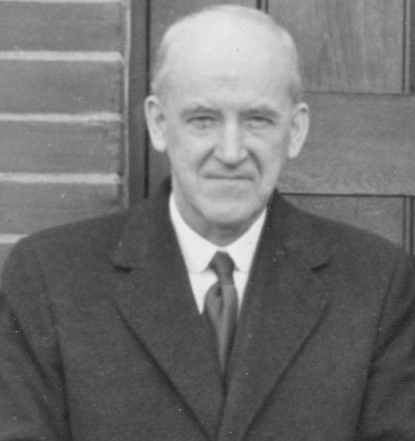
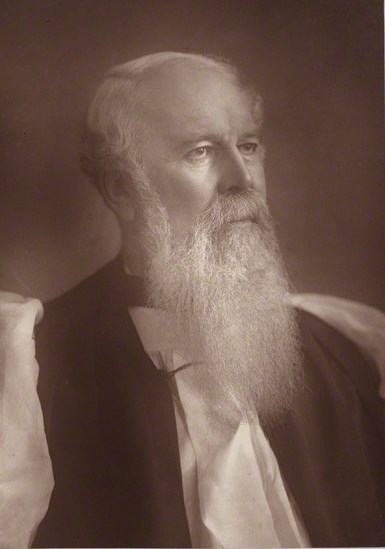










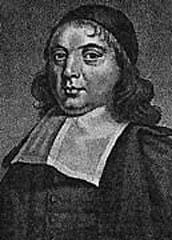

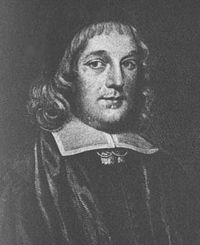

.jpg/220px-Thomas_Watson_(Puritan).jpg)
1 comment:
The Clarendon Code was ena\ted after the Venner Rising (technically the 2nd Venner Rising) of 1660/1 when 50 Fifth Monarchists stormed St Pauls Cathedral fought the Kings Life Guards to a stand still at Threadneedle Street and -according to Pepys- caued 46,000 men to arm themselves against them. It was probably an over-reaction and Clarendon himself was of this opnion being relatively tolerant but the Code was named after him.
Post a Comment